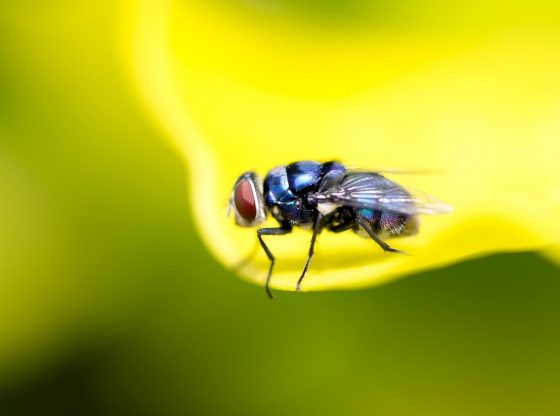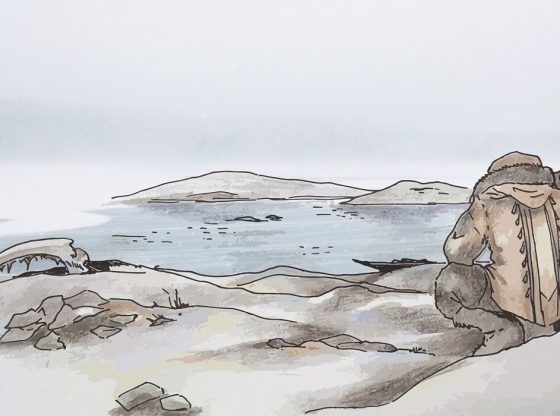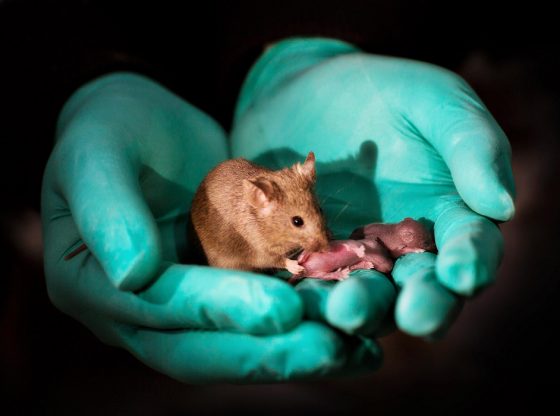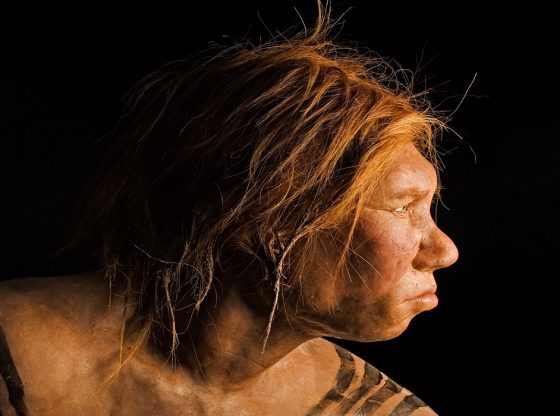New evidence suggests that the ancient Scythians were doing extensive horse breeding.
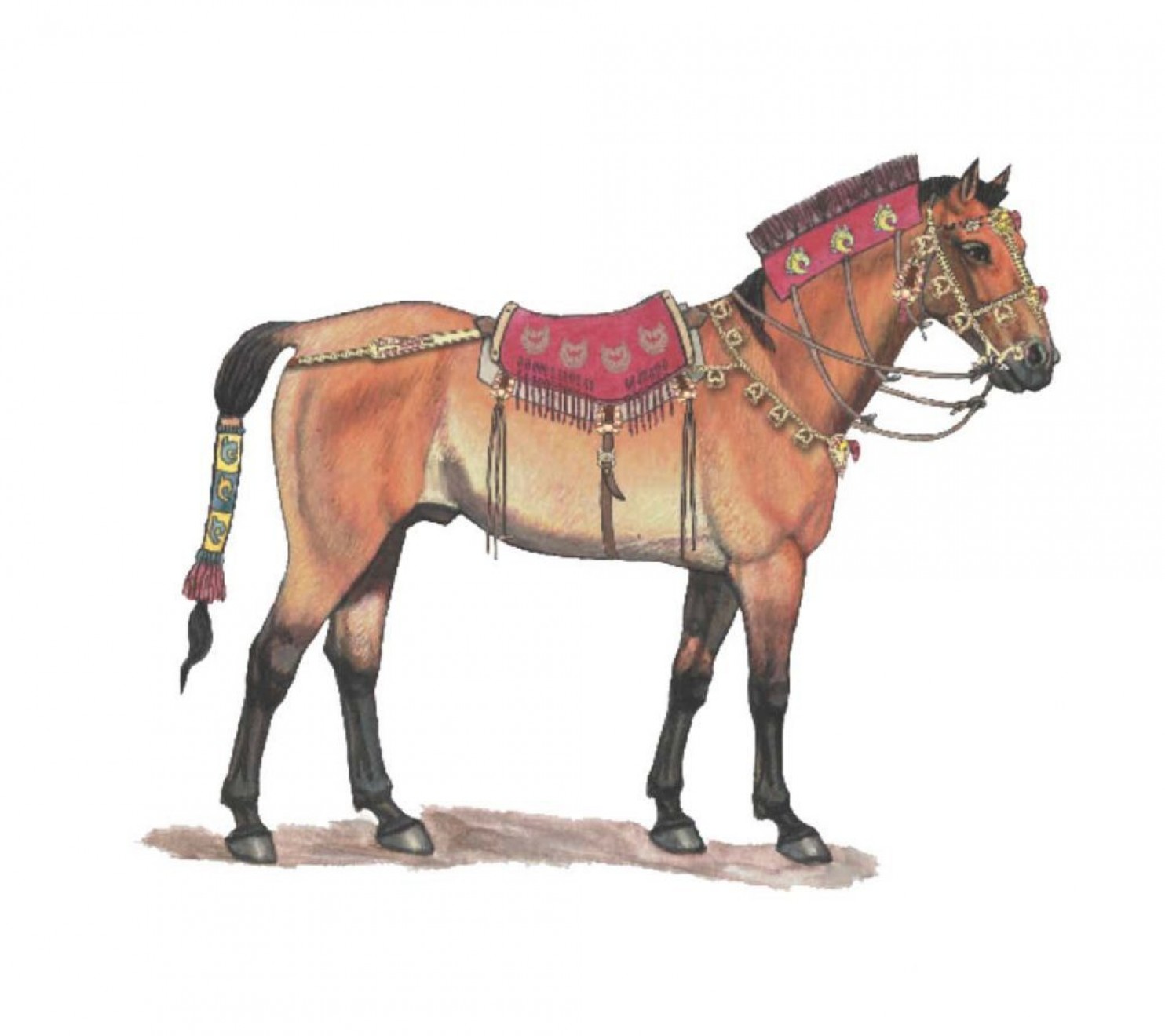
An analysis of the DNA from several thousand-year-old horses shows that the horses had strong legs and colorful fur.
A Danish research group has attempted to find out what it meant to domesticate horses, and what qualities were considered valuable and important enough to preserve and improve.
The researchers did this by looking at the genetics of a total of 14 horses during early domestication, from the Bronze and Iron Age.
The horse remains used for the genetic analysis are very old, one of them dated to be 4,100 years ago, a pair of stallions about 2,700 years old. Over 200 horses were found ritually sacrificed to honor the funeral rites of a high-ranking member of the Scythian people
The researchers then gathered that the horse’s genes showed marks of deliberate breeding practices. The horses had richly colored fur and robust legs, for example.
The Scythian stallions indicated genes of a wide range of coat colors, including black, cream, bay, chestnut, and spotted patterns. Also, the DMRT3 gene, associated with modern ambling gaits like the rack or the two-beat trot, was not present, so these horses probably only moved with “natural gaits”—walking, trotting, cantering, and galloping.
The horses also expressed genes involved in milk production. Since the Scythians were nomads and probably used the horses, not only for riding and packing but also as a source of nutritious milk.
“Here we see them as breeders,” said Ludovic Orlando, a professor of molecular archaeology at the University of Copenhagen in Denmark, who led the research. “We reveal part of their management strategy and part of their knowledge 2,300 years ago.”
Horse domestication is generally considered to have originated about 5,500 years ago in the Eurasian steppes and the ancient Scythians were already part of an extensive history of animal domestication and human – interaction.
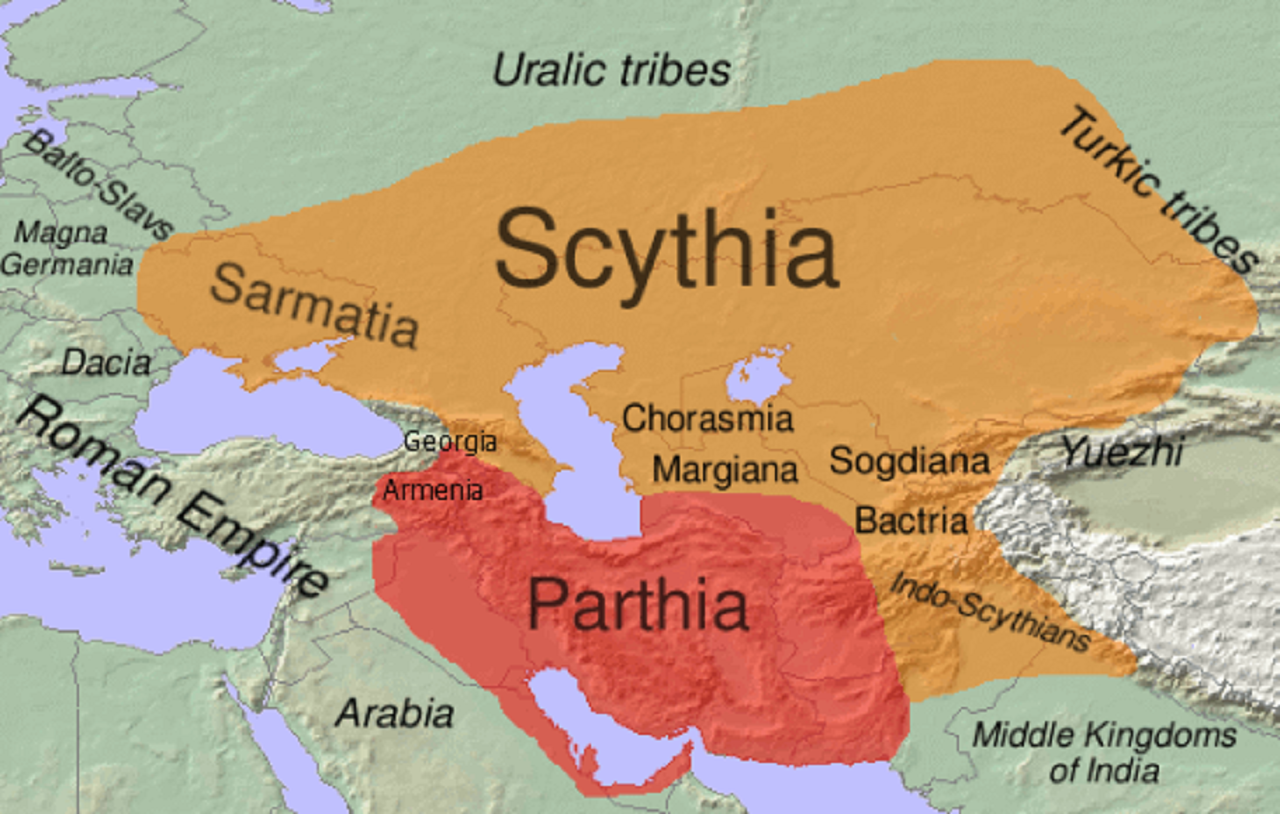
Historical spread of Iranian peoples/languages: Scythia, Sarmatia, Bactria and the Parthian Empire in about 170 BC (evidently before the Yuezhi invaded Bactria). Modern political boundaries are shown to facilitate orientation.
Ancient Greek historians spoke of Scythians who lived north of the Black Sea and the Caucasus Mountains. Persians used the term Saka for approximately the same people who lived further east.
The Scythians were among the earliest peoples to master mounted warfare and their ancient empire was extensive, they are even though to possibly raided Zhou China in the 8th century BC.
They were feared warriors throughout the known world, the Greek historian Herodotus wrote that the “Scythian soldier drinks the blood of the first man he overthrows in battle” out of a cup made from a human skull.
Reference:
Pablo Librado1,*, Cristina Gamba et al. Ancient genomic changes associated with domestication of the horse DOI: 10.1126/science.aam5298




